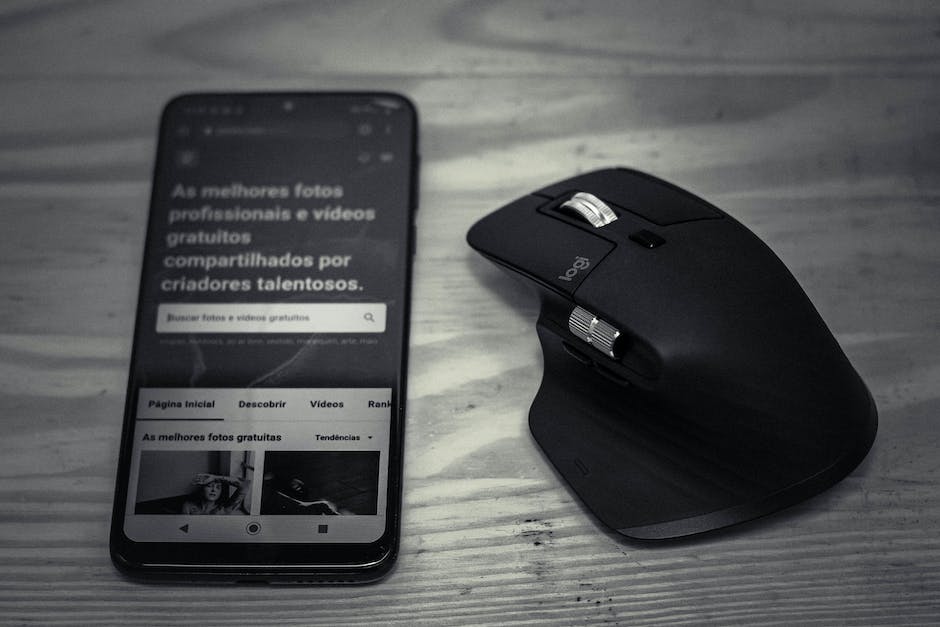How not to be a phony: Kierkegaard on the two main ways people lose their true selves

Unmasking the facade of inauthenticity, we delve into Kierkegaard's profound insights on the loss of self. We explore the philosopher's two primary paths to self-alienation, offering a reflective journey into the art of being genuine.
Being human, we are a species walking a narrow bridge with two chasms framing our way: the finite and the infinite
On the finite side lie the fixed conditions of everything we are.
- On the infinite side lies a universe of potential – all the things we think we might someday do or become, a future full of possibilities with no set course laid out.
- Both sides have their sirens’ calls that beckon us with promises of comfort, and both risk rendering us unable to move forward authentically in our lives.
The narrow bridge
Kierkegaard’s advice is that we must each “learn to be anxious.” We must take a stand where we will but get used to facing outward.
- We must recognize that we are puny and insignificant – primates running on hormones and synapses.
- But we must also recognize that, as humans, we are powerful beyond belief.
- Each of our decisions reach out into the future and that our decisions define our future.
Becoming a cipher
If we live only for the aesthetic, and embrace too fully the finite alone, we risk losing ourselves
- To surrender to the labels of the “finite” is to surrender the complicated capacity you have to reinvent yourself all of the time
- When the finite is all you live for, you cease to exist as a self
Gawping at possibility
Kierkegaard believed that the finite is not all there is to being human. There is also the infinite – the recognition that we have the capacity to choose and direct our lives in essentially any way we can dream.
- But spending too much time gawping at the cosmos of possibilities we face is not entirely healthy.

